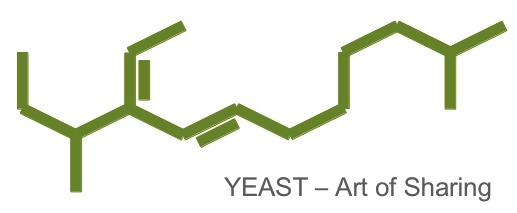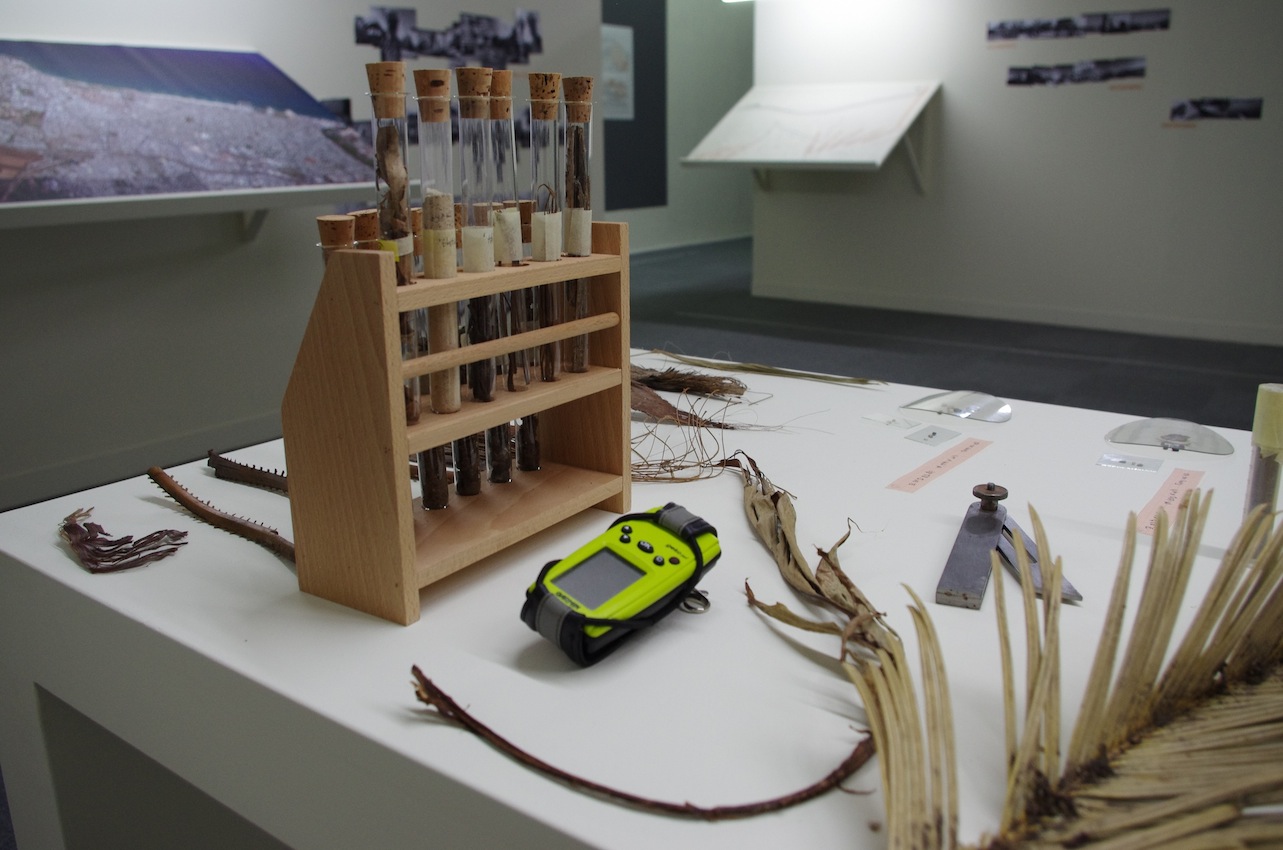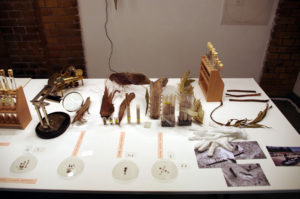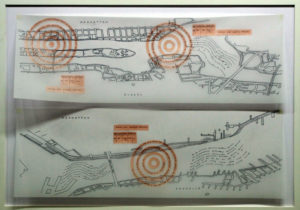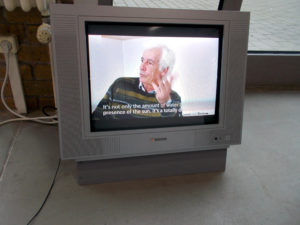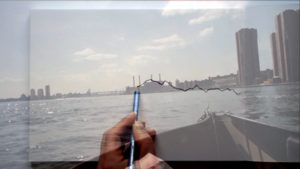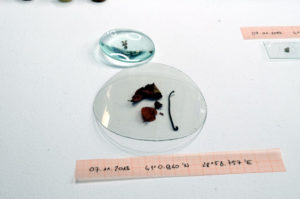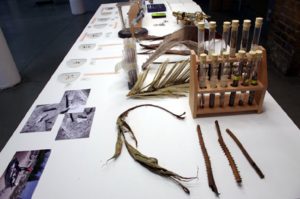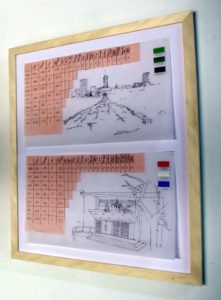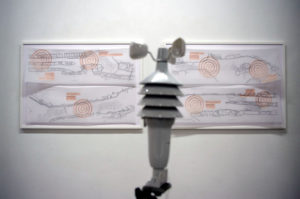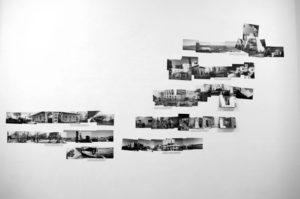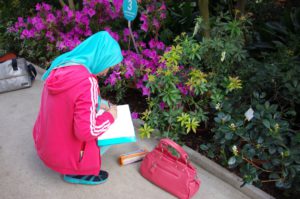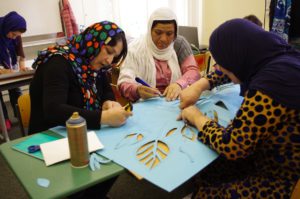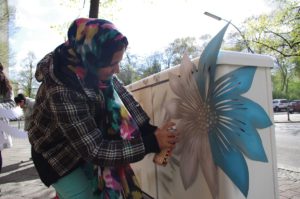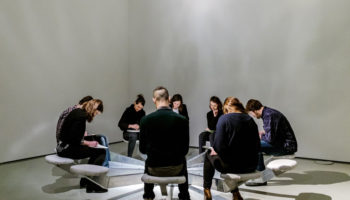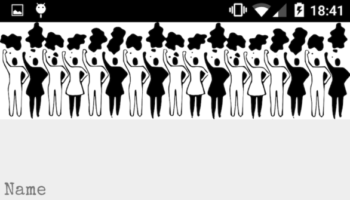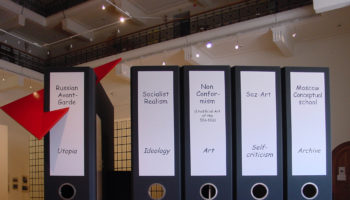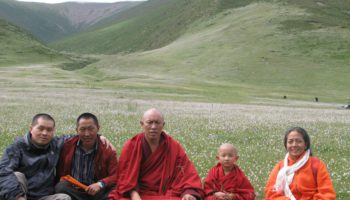In Form von Skulpturen, interaktiven Raumanordnungen sowie Gedankenskizzen forscht Jenny Brockmann seit Jahren zu dynamischen, räumlichen und sozialen Prozessen sowie zu Abläufen in der Natur. Ihre Arbeiten sind Ausgangspunkt für philosophische Diskurse und Fragestellungen zu menschlichen Verhaltensmustern sowie Gesellschaftsstrukturen.
Jenny Brockmann creates works characterized by discursive aesthetics. Besides autonomous objects, Brockmann’s works are always instructive examples and illustrative models of her artistic research as well. In the form of sculptures, interactive spatial arrangements or outlines of thought, for years now the artist has been researching into dynamic, spatial and social processes as well as natural cycles. Brockmann’s works are the starting point for philosophical discourse and questions about patterns of human behaviour and social structures.
Chronik eines Ortes – kulturelle Bildung für Menschen aus Flüchtlingsunterkünften.
Zuletzt wurde das Archiv im Rahmen der Ausstellung „Gedok Urban. Aspekte Berliner Kunst“ in der Kommunalen Galerie in Berlin- Wilmersdorf gezeigt, die im selben Gebäudekomplex untergebracht ist wie ein Flüchtlingswohnheim (ehemaliges Rathaus Wilmersdorf). Jenny Brockmann bot dort im April erstmals einen einwöchigen Kurs an „Chronik eines Ortes – kulturelle Bildung für Menschen aus Flüchtlingsunterkünften“. Doch während in Tel Aviv, New York und Istanbul die Künstlerin die Recherche durchführte, waren es nun Frauen – überwiegend aus dem Irak und Afghanistan – die, geleitet von Jenny Brockmann, die Stadt Berlin für sich entdeckten.
Weitere Informationen zu Jenny Brockmann.
Die in Berlin lebende Künstlerin studierte Bildende Kunst an der Universität der Künste in Berlin und war Meisterschülerin bei Rebecca Horn. Zudem erhielt sie ein Diplom in Architektur an der Technischen Universität zu Berlin. Mit ihren organischen bis philosophischen Skulpturen und Installationen erzielte die 1976 geborene Künstlerin internationales Renommee. Ausstellungsorte waren u.a.: Manege, St. Petersburg; Museo de Arte de El Salvador, San Salvador; Nordart, Rendsburg; Kasko, Basel; St. Pancras, London; Galerie Gerken, Berlin; Museo para la identidad Nacional, Tegucigalpa; Haus am Lützowplatz, Berlin; Deutsches Generalkonsulat, New York; The Genia Schreiber University Gallery, Tel Aviv; Hudson River Center for Contemporary Art, Peekskill, USA und Kaohsiunh Museum of Fine Arts, Taiwan.
Ab dem 23. Juni 2016 ist ihre Ausstellung „Wissensraum ‚Irreversibler Moment‘“ in der Schering Stiftung Berlin zu sehen.
